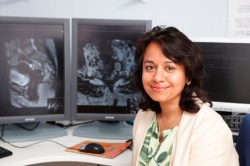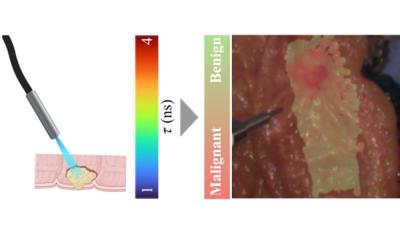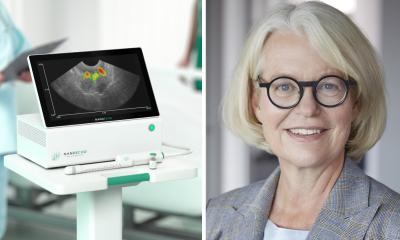Multi-disciplinary efforts for rectal cancer patients
Mark Nicholls reports from ECR 2012
Speaking at the ESR meets Radiation Oncologists session, Dr Gina Brown (Royal Marsden NHS Foundation Trust, London) emphasised that radiologists’ input is critical in treatment and surgical decisions and that radiologists, oncologists and surgeons should work more closely in the planning and delivery of treatment and surgery for the overall benefit and long-term well-being of rectal cancer patients.


The theme of the session, chaired by ECR President Professor Lorenzo Bonomo and ESTRO (European Society for Radiotherapy and Oncology) President Professor Vincenzo Valentini, was imaging and tailored radiation therapy in rectal cancer. Dr Brown discussed the staging of patient treatment and said that, with early tumours, MRI was an effective modality because radiologists can see the rectal wall intact, identify polyps, and from this make suggestions to the surgeon that the first treatment might, for example, be local excision. She also added that patients should have a choice of treatment - dependent on the stage of their cancer and their personal preferences – which can range from primary surgery, local excision, chemotherapy, or regular monitoring of the mesorectum.
Patient selection was critical, with the radiologist playing a defining role but, she added, it was about close co- operation with oncologists, pre-op discussions, MR and surgical surveillance and a good working relationship between radiologist and surgeon. ‘You have to get to know your surgeon and work as a multi-disciplinary team to ensure your contribution as a radiologist is as good as it can be.’ Measuring the depth of tumour spread particularly if it is more than 5mm - is critical and enables the MDT to start to stratify the patient’s treatment more effectively. Radiologists can identify high-risk patients, she said, by whether the tumour has spread more than 5mm, or whether there has been extra venous invasion, and also assess the risk of pelvic recurrence.
Staging classifications, she pointed out, have been devised for low risk rectal cancers and there is a clear paradigm for treatment, but the key is to re-stage after treatment and aim to have sphincter-saving surgery where possible. Dr Brown concluded: ‘Radiologists are a crucial part of the MDT in a treatment-orientated strategy. We should not be afraid to suggest treatment options and to audit the quality of the treatment decisions and the quality of the surgery if we are to improve outcomes for our patients.’ Professor of Oncologic and Abdominal Imaging Regina Beets-Tan, (University Medical Centre, Maastricht) discussed the future of imaging in rectal cancer and said there is still no clear evidence as to what the best modality will be. ‘The debate now is whether we can go further for organ saving treatment without compromising outcomes and that is what we as radiologists will have to see as our next challenge. To do that, we will need imaging tools that are so precise that we will be able to help clinicians with that selection procedure.’ Dr Guido Lammering (Department of Radiation Oncology, University Medical Centre, Maastricht) said that radiologists are expected to have a role in predicting patient responses to treatment because oncologists and surgeons will want to tailor treatment.
02.05.2012











